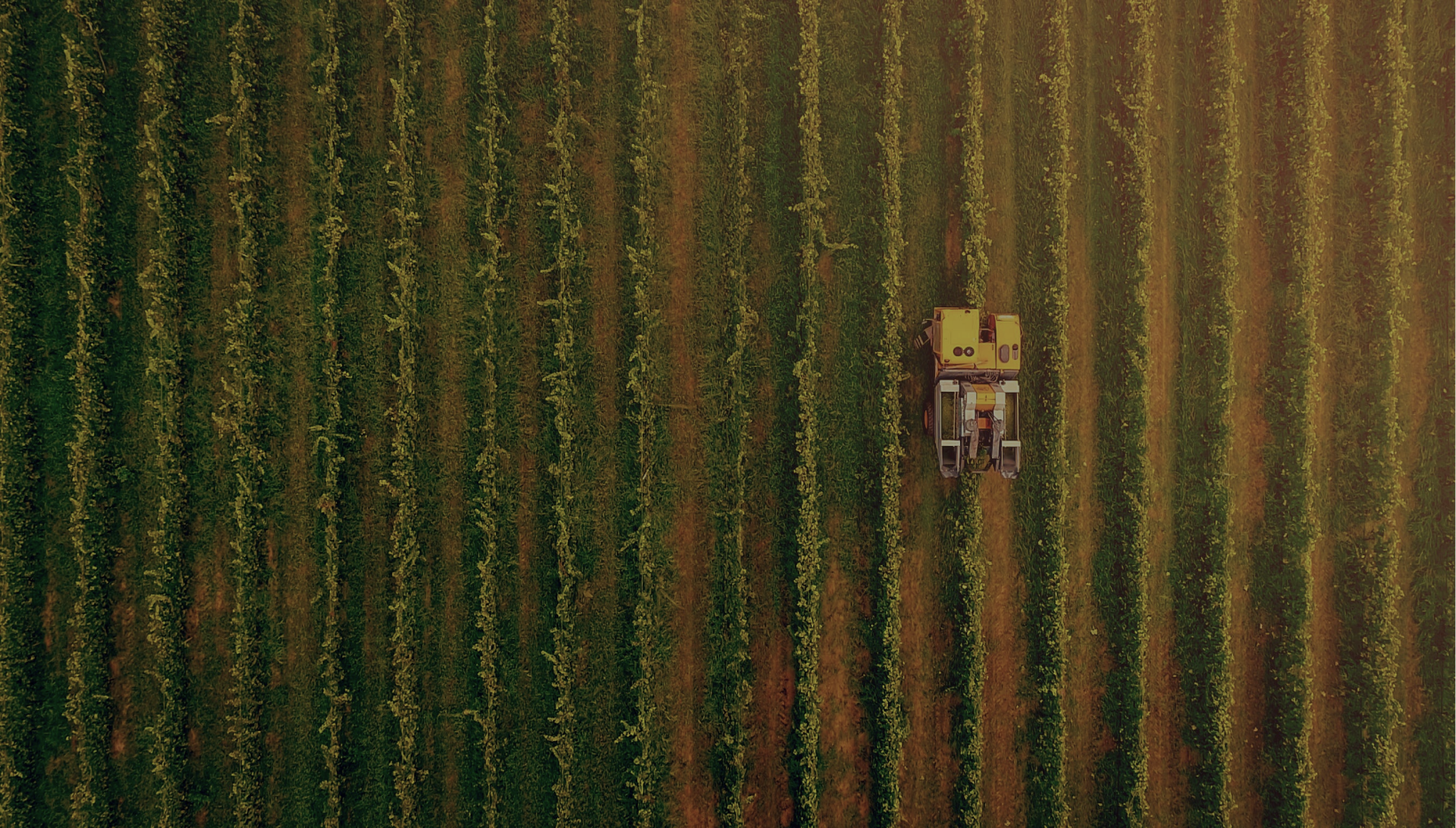
Designing field management to support large farm operations
This was a re-design simplifying how farmers managed their field data in Cropwise Financials. Our goal was to improve Financial’s onboarding processes which resulted in over 1,000 new customers, helping the company achieve a global milestone of over 200 million acres managed through the Cropwise Platform.
PROJECT RESPONSIBILITIES
Leading the process from conception to delivery
As the Senior Product Designer, my responsibilities included:
Product strategy
Workshop facilitation
Research planning
Usability testing
Design requirements
Interaction & visual design
High-fi mockups
Engineering handoff
THE BUSINESS PROBLEM
Financials felt impossible to use effectively
Stakeholders felt that property management was too difficult to use. Since properties were tied to calculating ROI, this jeopardized our ability to adopt new customers. Our goal was to identify and resolve critical issues before the product was taken to growers.
USER RESEARCH
60% of tested growers couldn’t create a farm
We identified the onboarding tasks critical to ensuring customers can use the product successfully. The question we needed to answer was, “can growers successfully create a farm to begin calculating the ROI on their fields?”
After conducting 10 usability tests with growers resulting in a 60% failure rate, we concluded the tools for creating, navigating and organizing properties did not scale to support the needs of growers. Complex field structures could not be created and the organization of seasonal data did not match grower expectations.
THE PROBLEM
Field management didn’t scale to support large farms
Unsupported field structures
Growers needed to create fields with multiple or no crops but were forced into doing it a specific way, resulting in inaccurate field representations
Unintuitive navigation
Navigational patterns were unintuitive and didn’t provide context for growers transversing large farms
Misaligned organization of data
Growers expected to see their data within the context of seasons, but the product didn’t let them make these associations properly, resulting in convoluted data organization
PRODUCT OBJECTIVES
Improve field management to support large farm operations
01
Provide flexibility in property creation to support robust field structures
02
Restructure architecture to support navigating large farms
03
Give growers the ability to view data relevant to their growing season
PRODUCT STRATEGY
Organize data to reflect how real farms operate
Growers operate in seasonal timeframes and expect their data to reflect that. I facilitated a workshop with product, engineering and customer success teams to identify pain points with how we organize product data and how we can align it with grower operations. Once we could do this, we could redesign property workflows effectively. The outcome was new guiding principles to begin building crop seasons.
INTERACTION DESIGN
Designing complex farms to feel simple
Providing a holistic view of the farm
Our goal with navigation was to give growers a holistic vievw of their farms at all times. We prioritized making relevant data and actions accessible from any point, opening the challenge of organizing complex page elements in an intuitive way.
Organizing data by seasons
Growers needed to organize their data by seasons to collect relevant insights about their operations. We worked with engineers to understand how data collection in Financials could be adapted to support the seasonal timeframes and the risks involved.
Flexible workflows for drawing fields
We separated the steps for drawing fields and crop zones to allow flexibility in field creation and worked with engineers to build new interaction patterns to support multi crop fields.
DESIGN SOLUTION
Uploading field files saves time for growers
Growers can have up to hundreds of fields and have field files they use for other agriculture tools. To prevent growers from redrawing from scratch, we allowed them to upload field files to save time in onboarding.
Improved drawing tools for accurate field representation
Splitting workflows for drawing fields and crop zones makes creating and refining property data feel intuitive and focused.
Adding multiple crop zones allows growers to accurately represent their fields to better calculate field ROI.
Farm-Field Tree streamlines farm navigation
The “Farm Field Tree” navigation gives growers better visibility and context into their farm organization and streamlines how they examine the different levels of their fields.
Organizing field data by seasonal timeframes
Introducing a global season filter gave growers more control over what relevant information they wanted to see. It contextualized all their data in a format that aligned with their operational workflows and gave them the ability to view activities from previous seasons to understand changes in financial performance.
Adapting design principles for the native mobile app
We used the same design approaches for mobile, but needed to apply them for the unique needs of the native iOS app. Growers had fewer issues creating fields in mobile, but we needed to support crop zone creation, multi crop fields and switching seasonal context.
BUSINESS OUTCOMES
Increased business confidence and investment in Financials
1,000+ new sign ups
were generated within the first few months after the product update
200M+ acres reached
of digitally connected farmland in Cropwise products as a result of our efforts
Increased investment
from the business resulting in more resources, support and research maturity
















